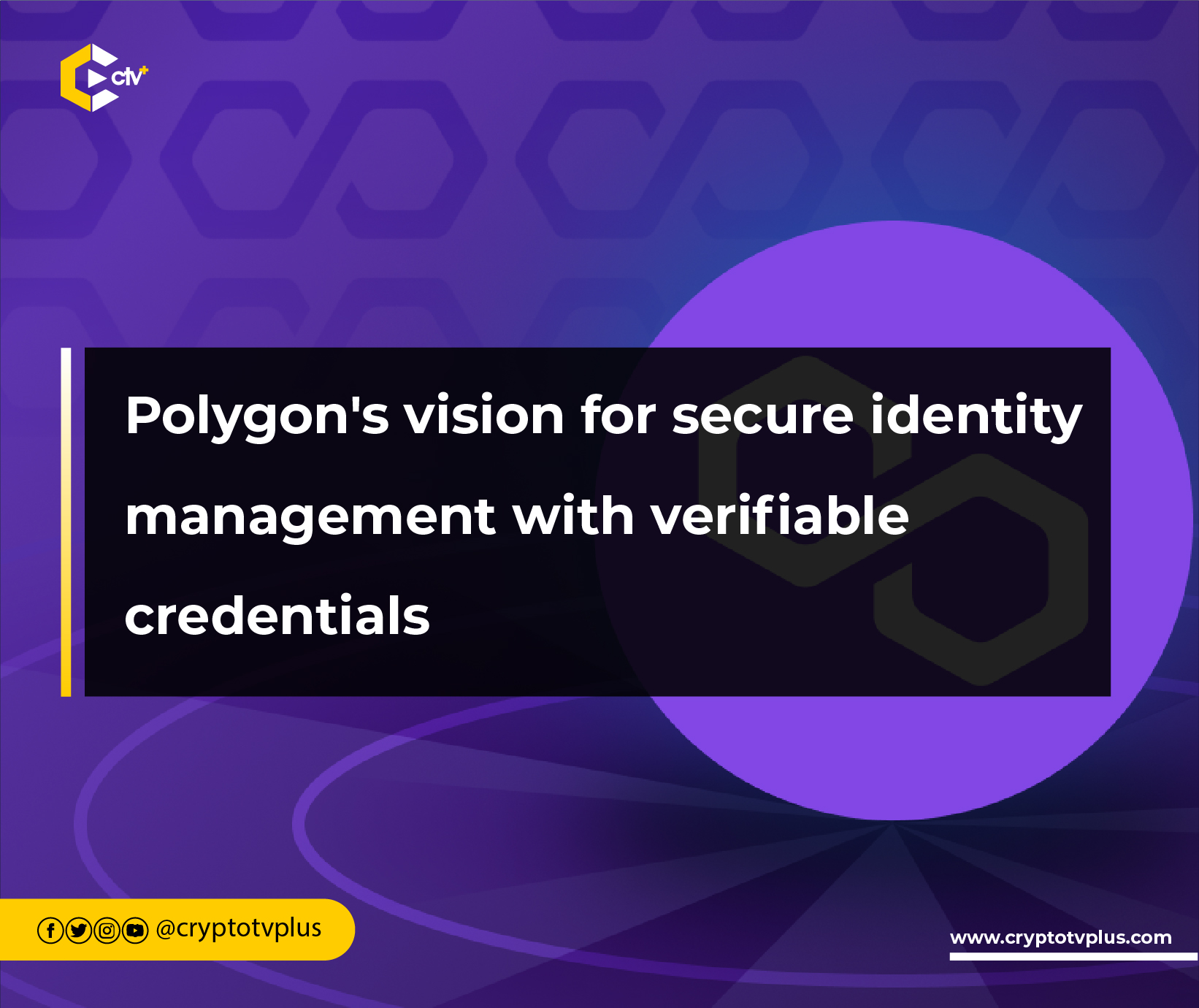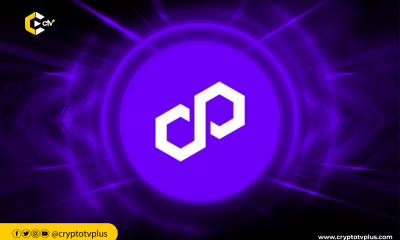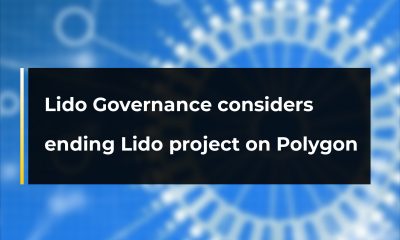FEATURED
Polygon’s vision for secure identity management with verifiable credentials

Polygon is venturing into new territory with its innovative Polygon ID and Lens Protocol. In a workshop at EthGlobal, Tony Olendo, a developer relations engineer at Polygon, revealed the new developments of self-sovereign identity and its intersection with Lens Protocol.
Lens Protocol is known as a social graph built on the Polygon proof-of-stake blockchain, creating a unique dimension to Polygon’s identity solutions.
By combining Polygon ID and Lens Protocol, users can issue and verify credentials related to their Lens activity.
Polygon ID
Polygon ID is a groundbreaking tool that utilizes zero-knowledge proofs to enable users to prove their identity without revealing their private information.
Tony said that Polygon ID enables users to attest to their personal information, such as job history, without exposing sensitive details.
This allows users to create verifiable claims about themselves, leading to more secure and privacy-focused identity management.
In a practical sense, this means that individuals can assert their work history, educational background, or even personal details like pet ownership without disclosing unnecessary information.
The Polygon ID Wallet: Your Digital Identity Hub
He added that the Polygon ID wallet plays a central role in the Polygon ID system. It serves as a secure repository for an individual’s verifiable credentials.
Verifiable credentials, or VCs, are a crucial component of the self-sovereign identity ecosystem. They are claims made by a trusted issuer, providing a layer of trust and authenticity to the information.
For example, when an individual changes jobs, their new employer can issue a verifiable credential confirming their employment.
This credential is then stored in the individual’s digital wallet, allowing them to use it as proof of their job history without revealing any sensitive data.
The key components of a verifiable credential include claim (a basic assertion about a subject, such as an individual’s job history), the issuer (the entity that makes the claim), the subject (the person to whom the claim applies), expiration date (credential’s validity period), and signature (cryptographically signed).
The wallet interacts with issuers to obtain new credentials and with verifiers to present claims using zero-knowledge proofs.
It offers users the ability to manage their digital identity, control who accesses their information, and present claims without revealing more than necessary.
Read also; Exploring the future of MEV: Flashbots’ game-changing applications
























